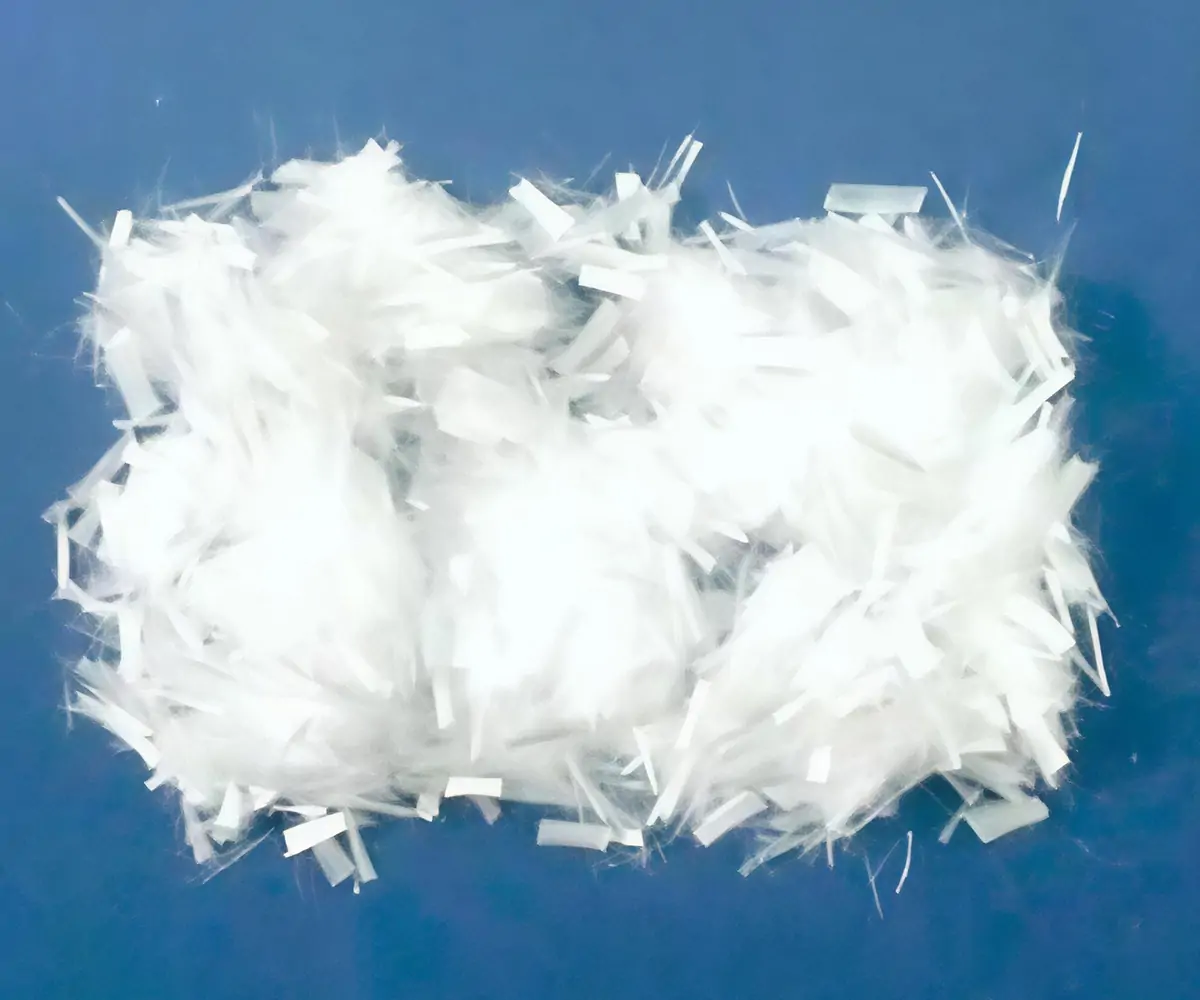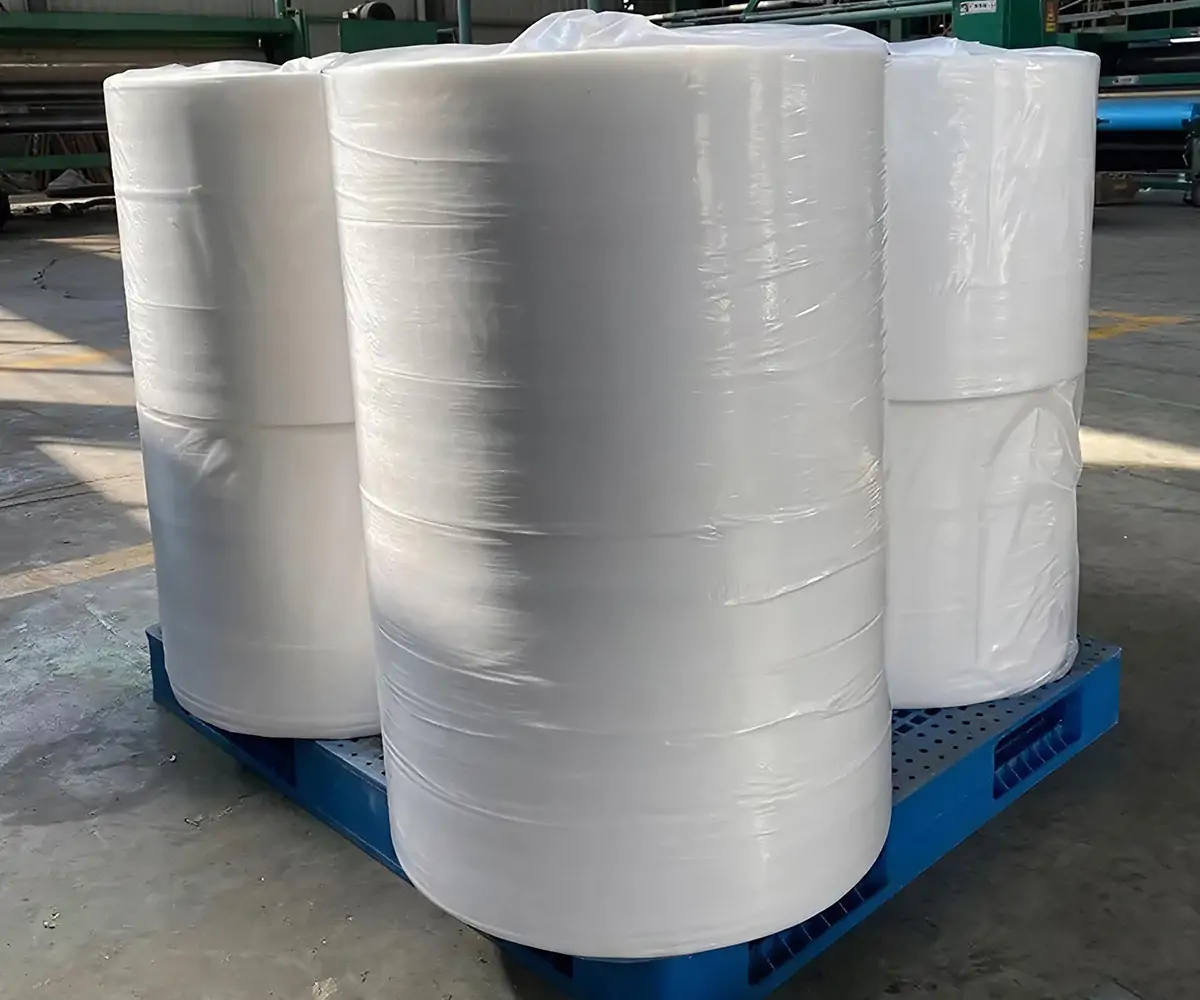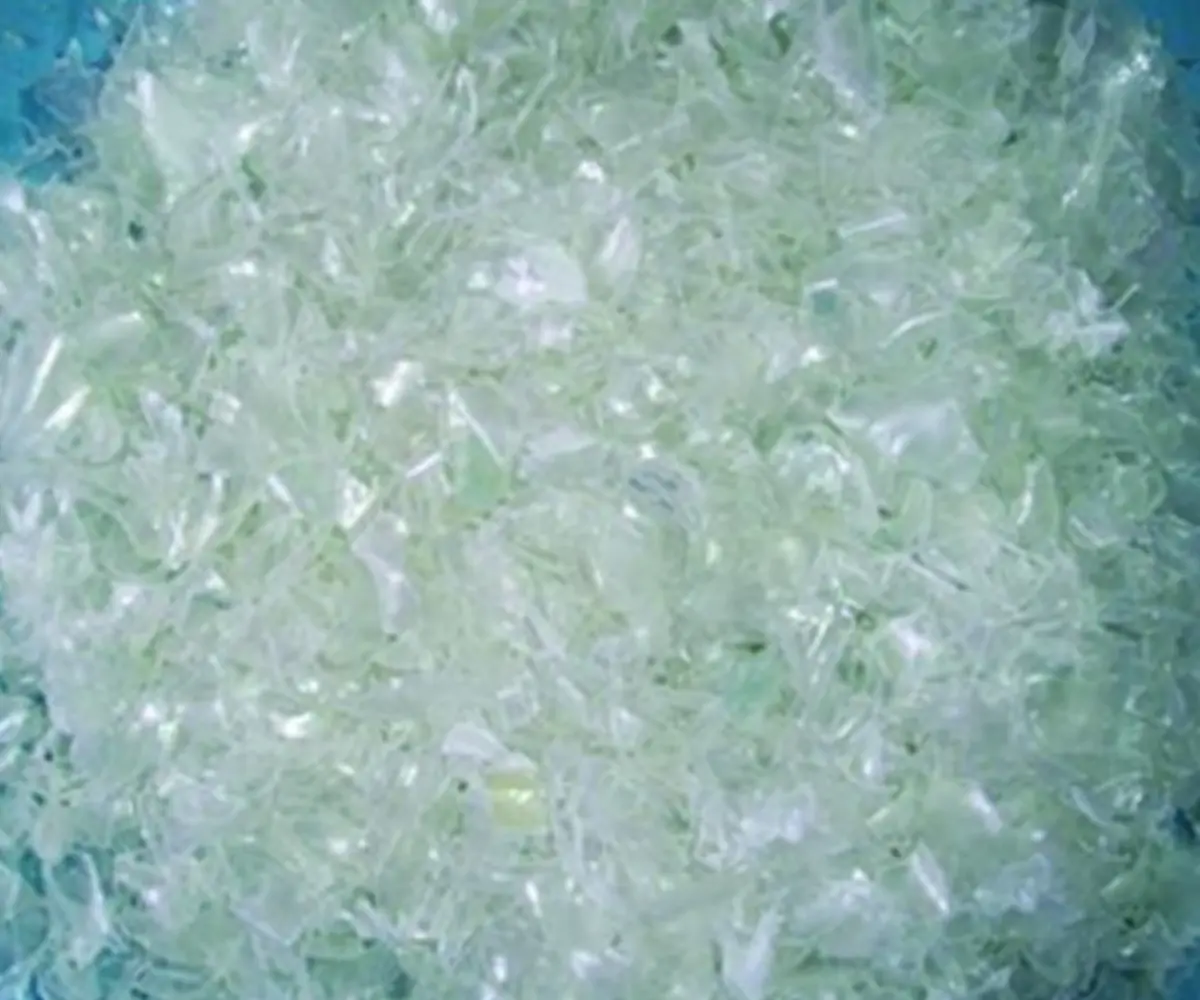Crystalline Antimony Ethylene Glycol
Product Details:
| ltem No | Dried Antimony Ethylene Glycol |
| Product orgin | China |
| Brand | CHENZHOU |
| shipping Port | China |
| Color | White |
| ltem No | Dried Antimony Ethylene Glycol |
| Product orgin | China |
| Brand | CHENZHOU |
| shipping Port | China |
| Color | White |
Dried antimony ethylene glycol is in a powdered form, non-toxic,odorless,and dissolves quickly in ethanol. Antimony ethylene glycol is a new type of antimony-based condensation catalyst used in polyester production. Its significant feature is that the functional group introduced into the system is ethylene glycol, which successfully reduces the antimony content in the product, thereby lowering the ash content and effectively improving the spinnability of the product. Regardless of which antimony-based catalyst is used, the one that ultimately acts as the catalyst in the polyester production process is always antimony ethylene glycol. Antimony trioxide and antimony acetate are merely transitional products; therefore, using antimony ethylene glycol as a catalyst in polyester production is the best choice.
| Parameter | Specification |
| Antimony Content (Sb) % | 54~55 |
| Chloride Ion (Cl⁻) % ≤ | 0.01 |
| Iron (Fe) % ≤ | 0.003 |
| Arsenic (As) % ≤ | 0.005 |
| Lead (Pb) % ≤ | 0.004 |
| Sulfate (SO₄²⁻) % ≤ | 0.005 |
| Solubility (70°C, 20min) | Colorless & transparent |
| a* | ≥-1 |
| b* | ≤3 |
| L* | ≥95 |
Antimony ethylene glycol, as a highly efficient polyester polycondensation catalyst, is primarily applied in industrial polyester production. Serving as the third-generation antimony-based catalyst following antimony trioxide and antimony acetate, antimony glycolate offers advantages such as high catalytic activity, rapid reaction kinetics, superior polyester product quality, and excellent spinnability. It is widely utilized in the production of polyester chips for both fiber-grade (e.g., textiles, apparel) and bottle-grade (e.g., plastic containers) applications. These chips serve as key raw materials for manufacturing diverse products, including fabrics and beverage bottles.
The product is packaged in sealed opaque white bags, with outer packaging compliant with international standard pallet specifications.


